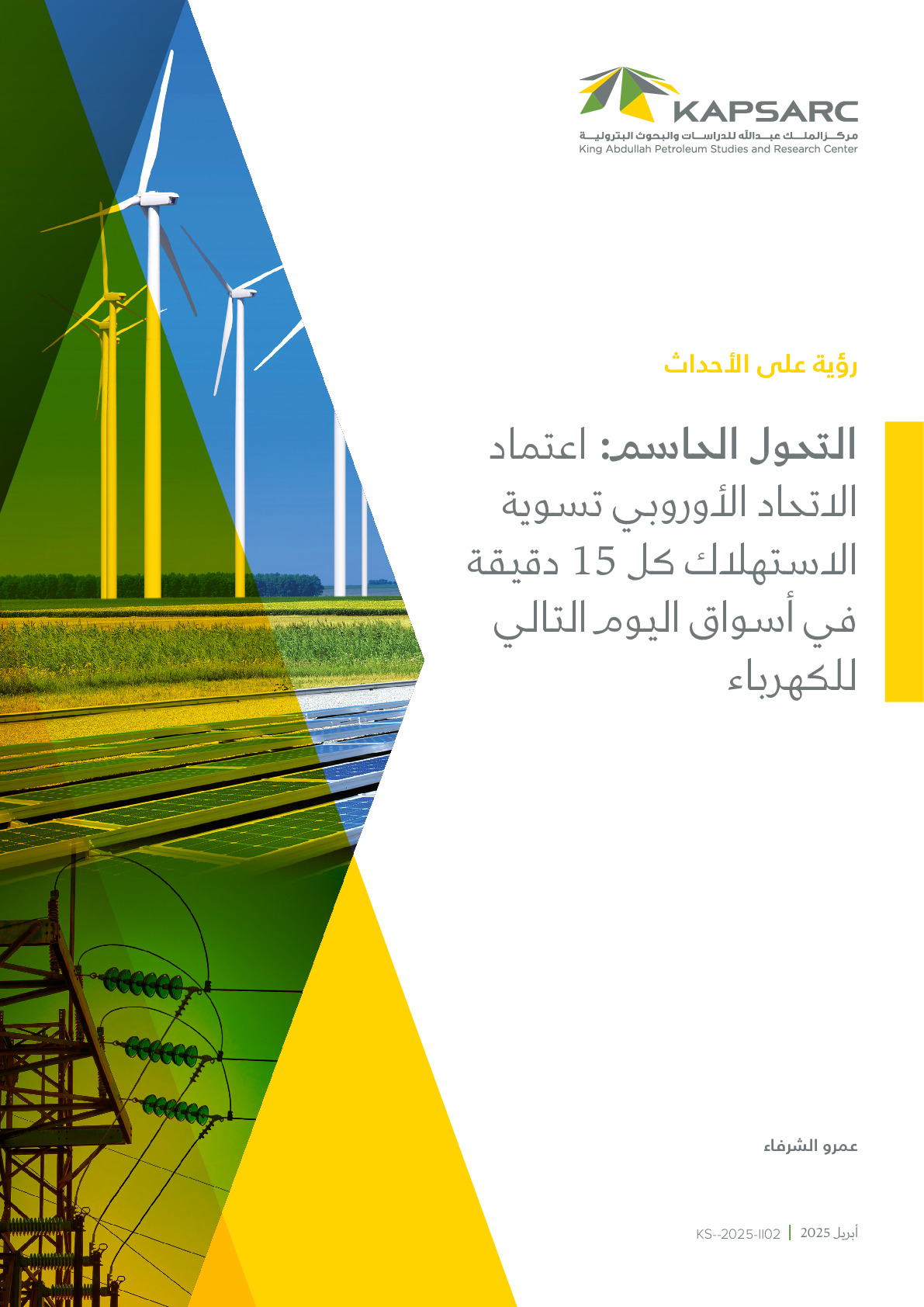We assess how varying the firm capacity (FC) and forced outage rate (FOR) assumptions of renewable energy (RE) resources impact capacity expansion models (CEM). Eight scenarios that vary the FC and FOR, RE share targets, and annual RE uptake were run on a power system model of Saudi Arabia. Assuming a relatively high FC and relatively low FOR favors renewables (i.e., Optimistic-RE), while the opposite disfavors them (i.e., Pessimistic-RE). Compared with optimistic RE assumptions, the pessimistic RE assumptions result in significant increases reaching up to 11%, 17%, and 41% in costs, emissions, and battery storage deployment, respectively. However, no observable patterns were found in terms of resource adequacy. Quantifying the extent to which FC and FOR of RE technologies, which are considered heavily weather-dependent, impact investments in the power sector provides valuable insights for policymakers as the world moves forward more aggressively with RE deployment to reduce emissions and combat climate change.




